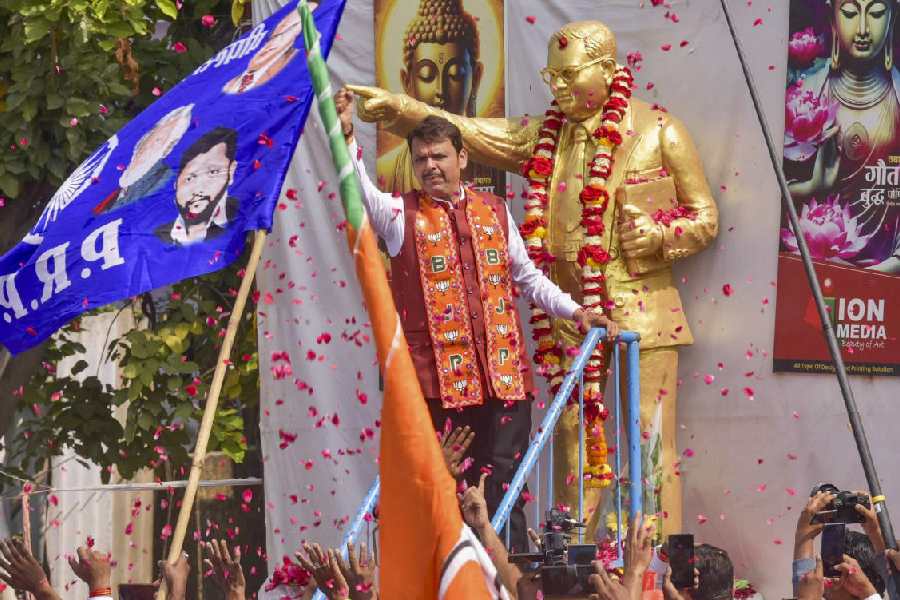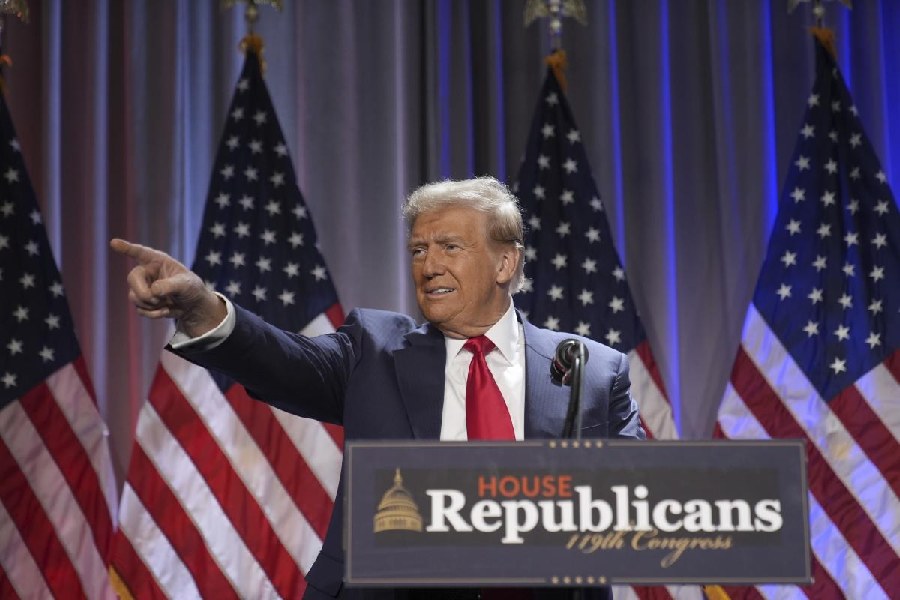The move’s been been on the cards for a while but on Monday global ratings agency Moody's Investors Service made it official -- downgrading coronavirus-hit India's sovereign credit rating to just a notch above speculative or “junk” status.
The ratings cut to “Baa2” -- the lowest investment grade -- from ''Baa3'' was accompanied by the warning that the financial outlook for the country remained “negative.”
Moody’s, which had the highest rating on India among the big three international ratings agencies, said that the “negative outlook reflects dominant, mutually-reinforcing, downside risks from deeper stresses in the economy.” The agency was referring to the deep slowdown in GDP growth and the rapidly worsening state of the cash-strapped government’s fiscal situation.
The big worry now is that the “negative” outlook on India will open the door to a further downgrade which would leave the country in “junk” territory that would make it far harder to raise funds internationally. “Junk” status slows down business in a country and increases borrowing costs for companies and the government.
Moody’s said in its statement that the coronavirus pandemic has amplified vulnerabilities in India’s credit profile. “This is a very important point by Moody’s.Brace yourself for an even bigger mess,” said former Yashwant Sinha, who was finance minister in the BJP government led by Atal Bihari Vajpayee and who has been a ferocious critic of Prime Minister Narendra Modi’s administration.
Back in what had been a welcome surprise boost to the government’s economic reform programme and drive to draw foreign investment, Moody’s had upgraded India’s credit rating by one notch to Baa2 “stable” from Baa3 ‘positive’ after the government passed the landmark goods and services tax (GST). Moody’s latest action brings its rating on India to the same BBB- rating assigned to the country by S&P Global Ratings and Fitch Ratings Ltd.
The downgrade followed last Friday’s official data showing economic growth in India slowed to 3.1 per cent in the first three months of this year from a year earlier, the lowest pace in 11 years. The figures which incorporated just a week of the impact of the nationwide lockdown that took effect on March 25 are set to get far worse with the economy expected by economists to contract as much as 7 per cent in the full 2020-21 financial year. This would be the first time the Indian economy has shrunk in four decades. As a reminder, five years ago in the financial year 2015-2016, India’s economy accelerated by 8.3 per cent year-on-year.
More optimistically than some other forecasters, Moody’s said it expected India’s GDP to contract by 4.0 per cent in the current fiscal year as a result of “the shock from the coronavirus pandemic and related lockdown measures.” It forecast the economy would bounce back to grow by 8.7% growth in the following year and around 6 per cent in ensuing years -- “materially lower than in the past, due to persistent weak private sector investment,tepid job creation and an impaired financial system.”
India faces a long period of slower growth, rising debt that will make it more expensive for the country to borrow money and “persistent stress in parts of the financial system,” Moody’s said. The central bank and the government will need to work hard to “mitigate and contain” these challenges in the wake of the coronavirus pandemic, the agency added.
On Monday, India recorded its biggest single-day spike -- 8,392 new cases -- in Covid-19 infections. India’s now the world’s seventh worst-hit country with 190,500 cases and 5,394 fatalities. The latest figures came as India began its “unlockdown 1” phased opening which allows most activities across the country.
Before the coronavirus pandemic, Moody’s said the government’s debt-to-GDP ratio was calculated at 72% but this year that figure’s forecast to climb to 84% of GDP. While India’s debt-to-GDP ratio has traditionally been higher than its peers, the agency noted that now it is in fact a hefty 30 percentage points above other countries in the “Baa median” category.











